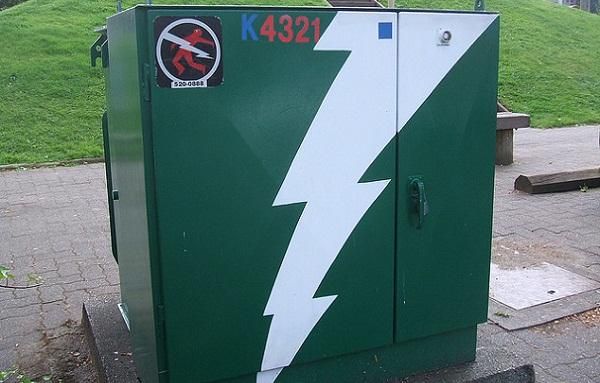New Composites Could Revolutionize Wireless Power

You might be reading this on a wireless Internet connection, and whether you're on a laptop or an iPhone, you're most likely relying on a battery or plugged into a wall outlet.
Another path for your power — wireless charging — is far less efficient, but a Duke University study may change that.
The study says "metamaterials" — a term it uses for composite materials with unique properties — could facilitate the wireless transfer of power to electrical devices with much less waste. While much electricity can be lost during the transfer from power source to device by a wireless charger, metamaterials would keep much of that energy intact as they conduct and refocus it.
One example of a metamaterial, the study says, would be an array of copper conducting loops. Users would place the array at a given point between the device and its power source, and electricity would be transferred directly through it.
Metamaterials could have real-world applications within two to three years, said Yaroslav Urzhumov, an assistant professor who headed the Duke study.
While there are a number of wireless charging devices on the market — including the popular Powermat, which offers wireless charging for phones and iPods — Urzhumov says using metamaterials would allow for a significant increase in both range and power.
"Our proposition is an extension of the magnetic induction-based, near-field coupling technology," Urzhumov told InnovationNewsDaily. "It is based on the same fundamental principle, Faraday's law of induction; however, it ramps up the power-transfer efficiency by increasing the mutual inductive coupling between the transmitter and the receiver."
Sign up for the Live Science daily newsletter now
Get the world’s most fascinating discoveries delivered straight to your inbox.
By ramping up the efficiency, metamaterials could help charge bigger appliances and gadgets, including electric automobiles, Urzhumov said. They could even allow people to charge devices underwater.
An advantage of metamaterials, Urzhumov said, would be to combat the problem of corrosion. "Exposing metals to the aggressively oxidizing environment leads to fast corrosion and subsequent loss of contact," he said.
Even with such a breakthrough, though, Urzhumov thinks wireless electricity will remain a niche sector.
"I don't think electrical power transfer will be 100 percent wireless, ever," Urzhumov said. "We know that the most efficient power-transfer device is a good old conductor."
This story was provided by InnovationNewsDaily, a sister site to LiveScience. Follow InnovationNewsDaily on Twitter @News_Innovation, or on Facebook.












